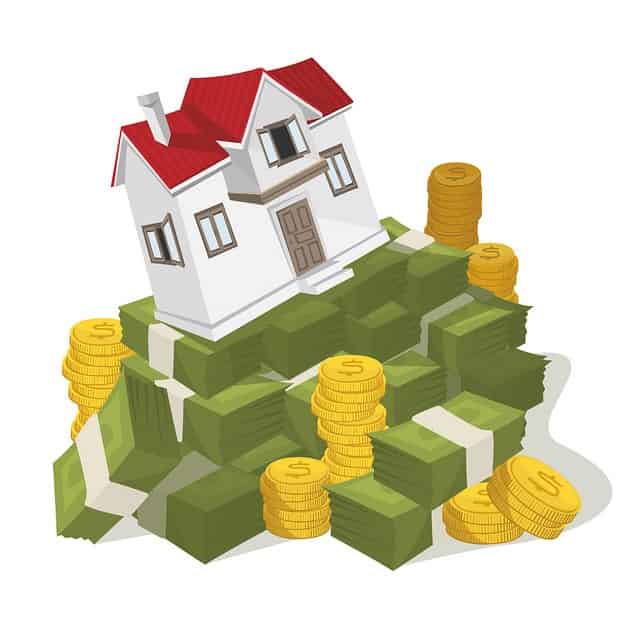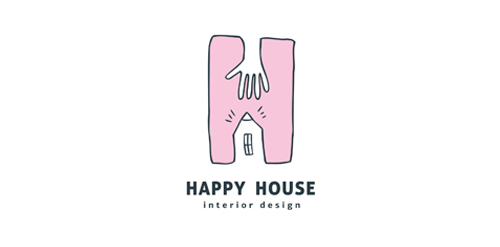Table Of Content

Along the same lines of thinking, you might consider holding off on buying the house. A financial advisor can aid you in planning for the purchase of a home. To find a financial advisor who serves your area, try SmartAsset's free online matching tool. Input these numbers into our Home Affordability Calculator to get a clear idea of your homebuying budget. Our goal is to give you the best advice to help you make smart personal finance decisions.
How To Determine Your DTI
Gross monthly income is your monthly income before paying taxes, making contributions to retirement accounts or taking out other deductions. Reserves refer to the number of monthly mortgage payments you could make from your savings if you lost your job or experienced another event that impacted your ability to make your payment. Every loan program is different, but a good guideline is to keep at least 2 months’ worth of mortgage payments in your savings account. If you get a $200,000 mortgage with a 15 year fixed rate at 5%, your monthly payments will be $1,582 (excluding taxes and insurance). Although your DTI and housing expense ratios are important factors in mortgage qualification, other variables impact your monthly mortgage payment and how much you can afford. FHA loans have more lax debt-to-income controls than conventional loans; they allow borrowers to have 3% more front-end debt and 7% more back-end debt.
Understanding how much mortgage you can afford
Use the affordability calculator to see how your down payment affects your home affordability estimate and your monthly mortgage payment. You’ve probably heard of the standard 30-year mortgage, but you may be able to save money in interest by choosing a shorter loan term, such as a 20-year or 15-year term. Keep in mind that shortening your loan term may lower the total interest you pay over the life of the loan, but it will likely increase your monthly payments. The exact amount you should spend on a new home depends on your financial situation. Ideally, you’ll want to avoid spending more than a third of your gross monthly income on your mortgage. However, depending on your finances, you may be able to afford a slightly more expensive home.
You’re our first priority.Every time.
Median earners — those making $74,755 — paying down 20% of a home's value can only comfortably buy homes in four U.S. states and six of the 50 largest cities. Lenders take into account the share of your income that goes toward paying debt — or your debt-to-income ratio — when determining whether you can afford a mortgage. Qualified mortgages, which are mortgages designed to improve the chances that borrowers can pay them back, usually require a debt-to-income ratio below a maximum percentage.
If you are taking out a conventional loan and you put down less than 20%, private mortgage insurance will take up part of your monthly budget. The PMI’s cost will vary based on your lender, how much money you end up putting down, as well as your credit score. It is calculated as a percentage of your total loan amount, and usually ranges between 0.58% and 1.86%. Your reserve could cover your mortgage payments - plus insurance and property tax - if you or your partner are laid off from a job. It gives you wiggle room in case of an emergency, which is always helpful. Homeownership comes with unexpected events and costs (roof repair, basement flooding, you name it!), so keeping some cash on hand will help keep you out of trouble.
What Is ‘House Poor’ And How Can I Avoid It? - Bankrate.com
What Is ‘House Poor’ And How Can I Avoid It?.
Posted: Mon, 24 Jul 2023 07:00:00 GMT [source]
Buying Options
Our editors and reporters thoroughly fact-check editorial content to ensure the information you’re reading is accurate. We maintain a firewall between our advertisers and our editorial team. Our editorial team does not receive direct compensation from our advertisers. Many or all of the products featured here are from our partners who compensate us. This influences which products we write about and where and how the product appears on a page.
How much of my income should go towards paying a mortgage?
You’ll also want to pay attention to how much debt you have, the size of the home loan you want, the amount of money you need to put down, and more. These factors can all influence how much home you can reasonably afford. All three government-backed loans have mortgage limits, which is a handy way to help you stay in a healthy debt-budget range.
The loan does not require a down payment, but you will have to get private mortgage insurance. If lenders determine you are mortgage-worthy, they will then price your loan. Down payment & closing costsNerdWallet's ratings are determined by our editorial team. The scoring formula takes into account the type of card being reviewed (such as cash back, travel or balance transfer) and the card's rates, fees, rewards and other features. Child care costs have been growing rapidly; wages for child care workers remain low.
An FHA loan is a mortgage insured by the Federal Housing Administration. Borrowers must pay for mortgage insurance in order to protect lenders from losses in instances of defaults on loans. The insurance allows lenders to offer FHA loans at lower interest rates than usual with more flexible requirements, such as lower down payment as a percentage of the purchase price. The 28/36 Rule is a commonly accepted guideline used in the U.S. and Canada to determine each household's risk for conventional loans. It states that a household should spend no more than 28% of its gross monthly income on the front-end debt and no more than 36% of its gross monthly income on the back-end debt. The 28/36 Rule is a qualification requirement for conforming conventional loans.

You can use Zillow's down payment assistance page and questionnaire tool to surface assistance funds and programs you may qualify for. Experts often recommend would-be buyers put down at least 20% when purchasing a home to lower monthly payments and avoid paying extra for private mortgage insurance. To find your debt-to-income ratio, first add together all of your monthly debt payments. For example, if you pay $200 each month on a student loan, $400 on a personal loan and $500 on an auto loan, your total debt payments are $200 + $400 + $500, which equals $1,100. Rule of thumb says that your monthly home loan payment shouldn’t total more than 28% of your gross monthly income.
There are no set rules regarding how much of your income should cover a mortgage payment. However, lenders will look at how much of your income is going to other outstanding debts before approving another loan. Check out this guide for the different methods for determining how much of your income should go to your mortgage.
The calculator divides that total by 12 months to adjust your monthly mortgage payment. Average annual premiums usually cost less than 1% of the home price and protect your liability as the property owner and insure against hazards, loss, etc. The mortgage interest rate is the amount charged by a lender in exchange for loaning money to a buyer. It is expressed as a yearly percentage of the total loan amount but is calculated into the monthly mortgage payment. Key factors in calculating affordability are 1) your monthly income; 2) cash reserves to cover your down payment and closing costs; 3) your monthly expenses; 4) your credit profile.
A conventional loan is a type of mortgage that is not insured or guaranteed by the government. We’re transparent about how we are able to bring quality content, competitive rates, and useful tools to you by explaining how we make money. Bankrate follows a stricteditorial policy, so you can trust that our content is honest and accurate. Our award-winning editors and reporters create honest and accurate content to help you make the right financial decisions. The content created by our editorial staff is objective, factual, and not influenced by our advertisers. Bankrate follows a strict editorial policy, so you can trust that we’re putting your interests first.






















